
10 Unsettling Things About the Ocean That Still Puzzle Us
 The Mariana Trench's Unexplored Depths
The Mariana Trench's Unexplored DepthsThe Mariana Trench is the deepest part of the world's oceans, reaching depths of over 36,000 feet. Its darkest corners are home to extreme pressure, cold, and a surprising array of life. The trench is so vast and inhospitable that it has been explored only a handful of times, leaving us to wonder what other secrets it might conceal.
 2. The Bermuda Triangle
2. The Bermuda TriangleThe Bermuda Triangle, a loosely defined region in the western part of the North Atlantic Ocean, is famous for its supposed tendency to make ships and planes disappear under mysterious circumstances. While many theories have been proposed, from magnetic anomalies to gas hydrates, the Bermuda Triangle continues to be a source of speculation and intrigue.
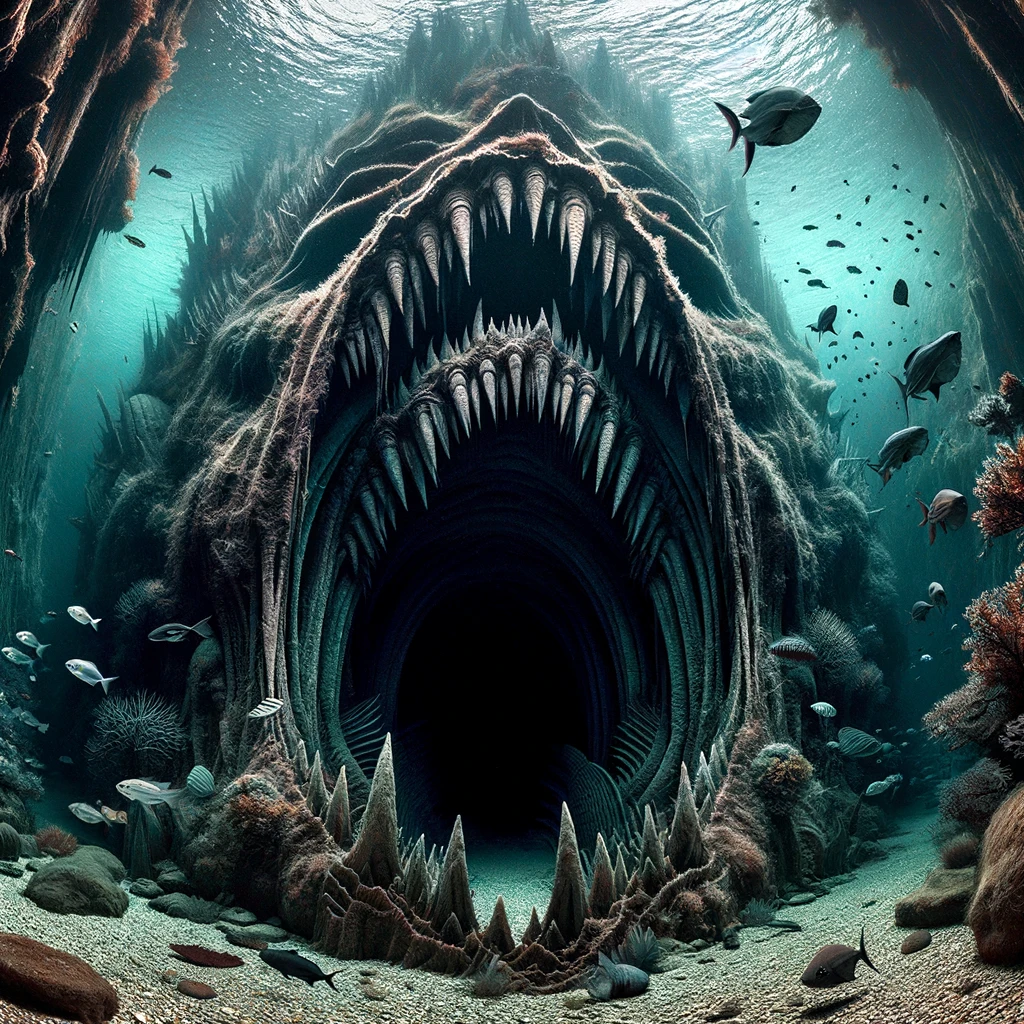 3. Underwater Caves and the Creatures Within
3. Underwater Caves and the Creatures WithinThe extensive network of underwater caves around the world is largely unexplored. These dark, isolated environments can sustain unique ecosystems, including rare and unknown species that have adapted to life without light. The full extent of these ecosystems and the life forms they support remains a mystery.
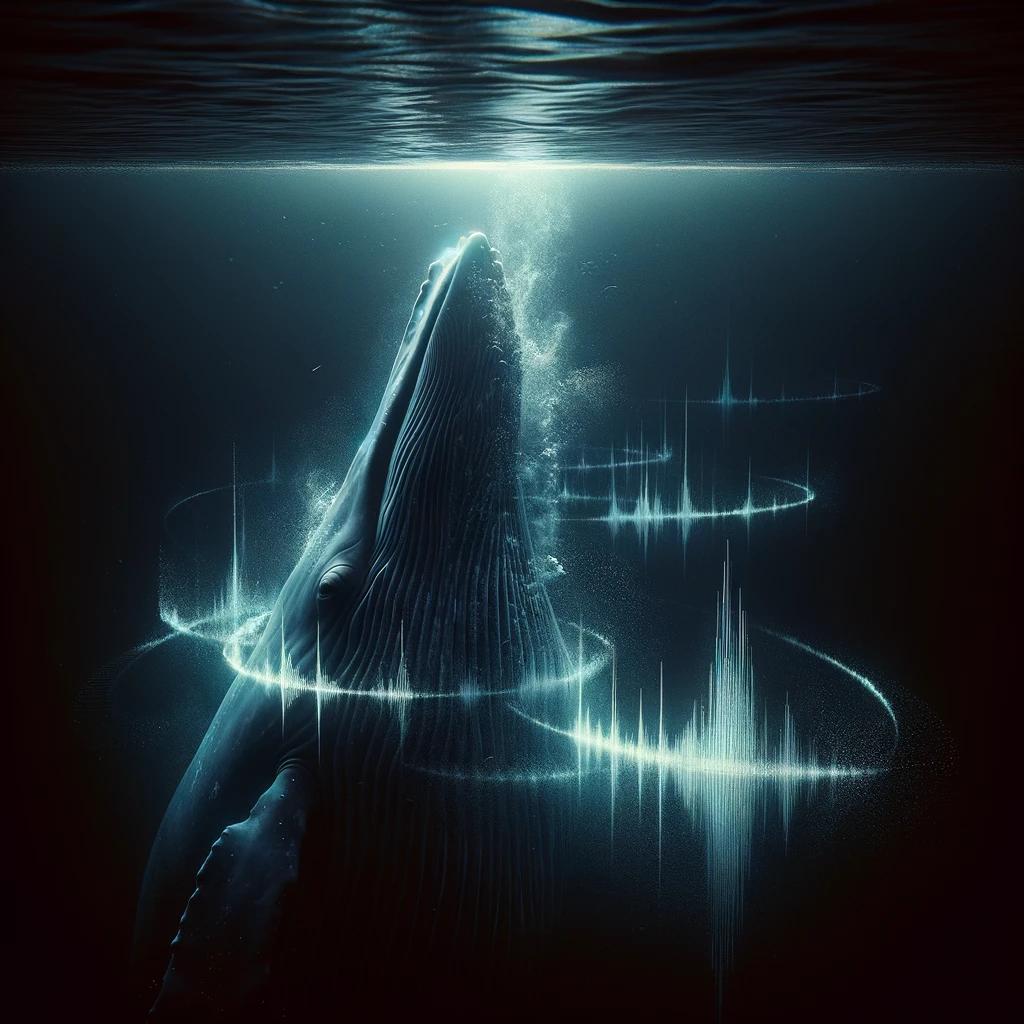 4. The Singing of the Whales
4. The Singing of the WhalesWhales, the giants of the ocean, communicate using complex sounds that can travel for hundreds of miles underwater. The purpose and full meaning of these sounds, especially the haunting "songs" of the humpback whales, are still not fully understood. These vocalizations play a crucial role in whales' social structures and mating behaviors, but their complexity suggests we have only scratched the surface of understanding their communication.
 5. The Ocean's Blue Holes
5. The Ocean's Blue HolesBlue holes are giant marine sinkholes that plunge hundreds of feet into the ocean floor. Famous examples include the Great Blue Hole in Belize and the Dragon Hole in the South China Sea. These underwater caves and vertical shafts are biodiversity hotspots that remain largely unexplored due to their depth and the technical challenges of diving into them.
 6. The Sargasso Sea's Floating Forest
6. The Sargasso Sea's Floating ForestThe Sargasso Sea, located in the Atlantic Ocean, is unique for having no shores, bounded instead by ocean currents. It's known for its dense sargassum seaweed that forms a floating forest, hosting a rich variety of marine life. The origin of this seaweed and the full extent of the ecosystem it supports are still subjects of research and curiosity.
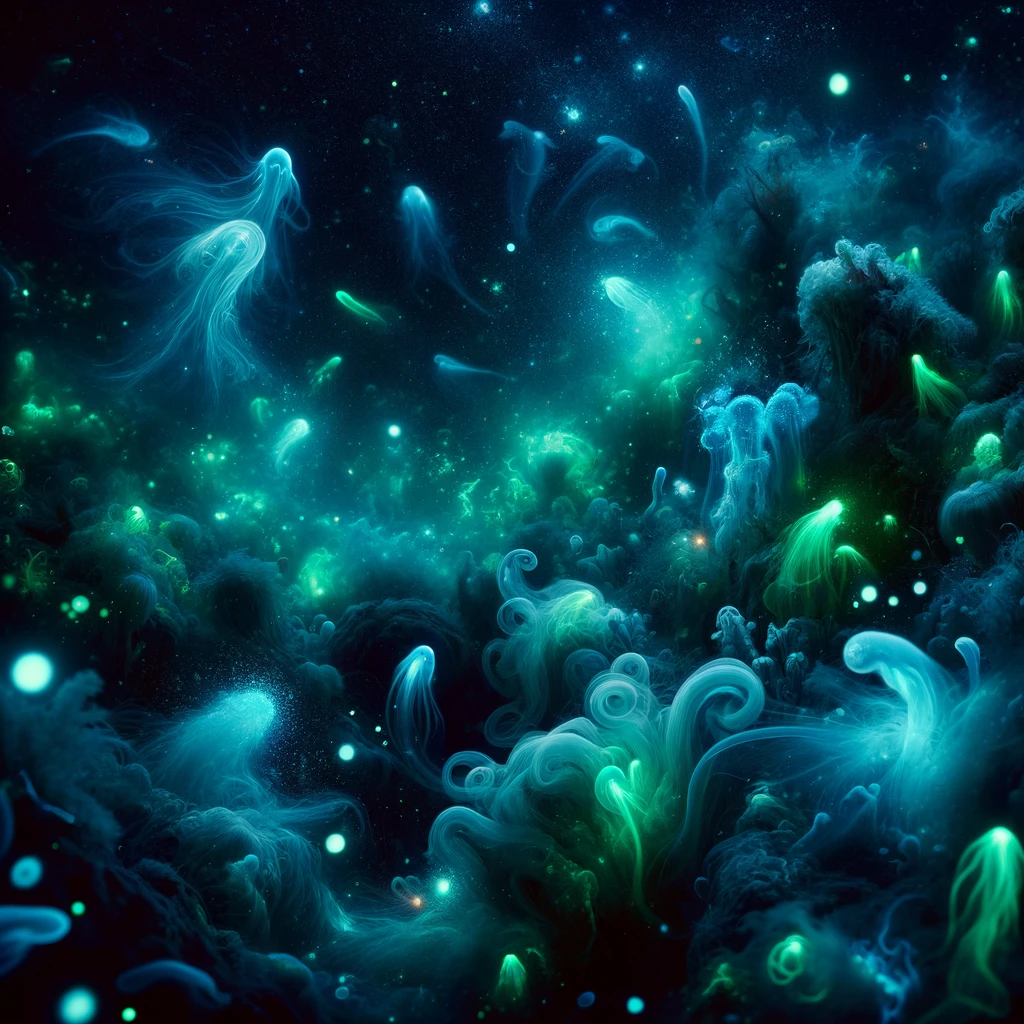 7. Bioluminescent Organisms
7. Bioluminescent OrganismsMany marine organisms, from tiny plankton to large squid, possess the ability to produce light, known as bioluminescence. This phenomenon is used for attracting prey, communication, and defense. The chemical processes and evolutionary reasons behind bioluminescence in different species are varied and often not well understood.
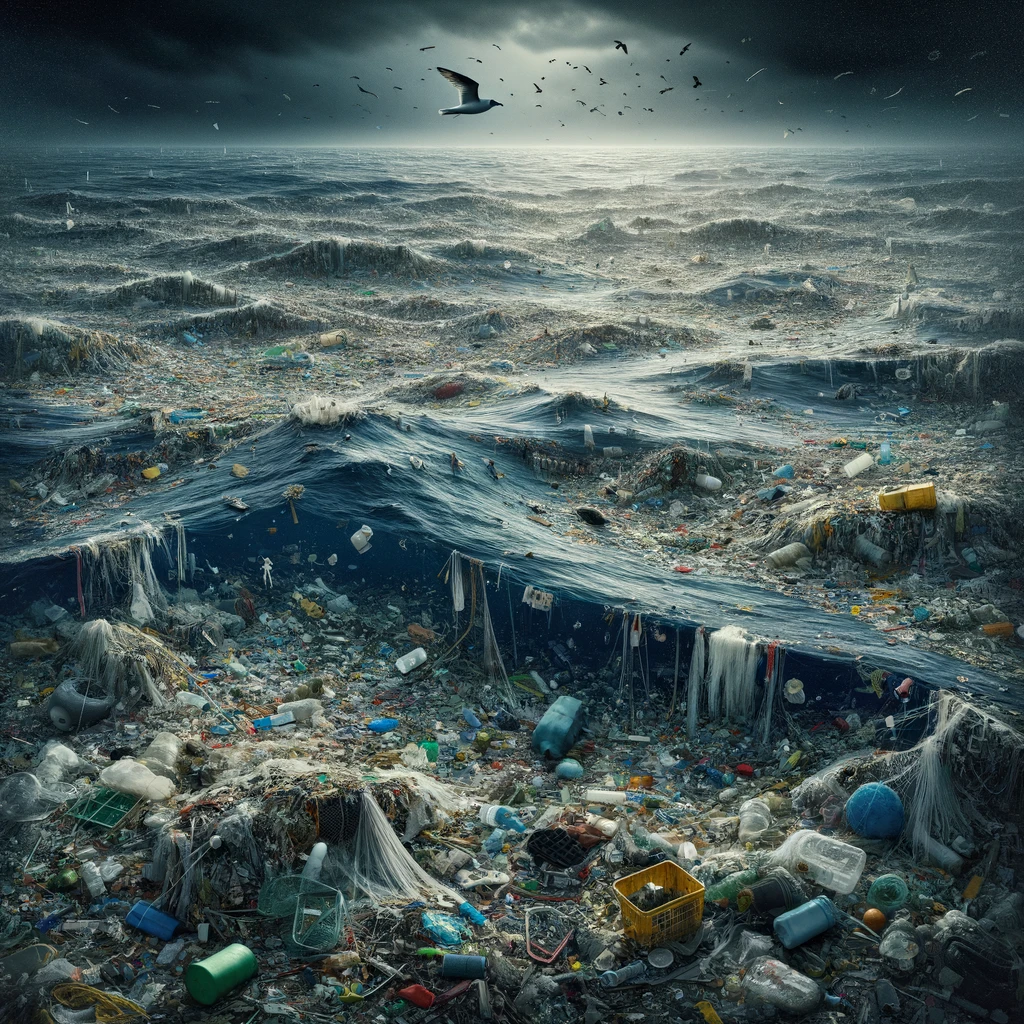 8. The Great Pacific Garbage Patch
8. The Great Pacific Garbage PatchThe Great Pacific Garbage Patch is a vast area in the Pacific Ocean where currents have concentrated plastic and other debris into a floating mass. The scale of pollution and its impact on marine life and the ocean's ecosystems are deeply concerning and not fully comprehended, as new types of pollutants continue to accumulate.
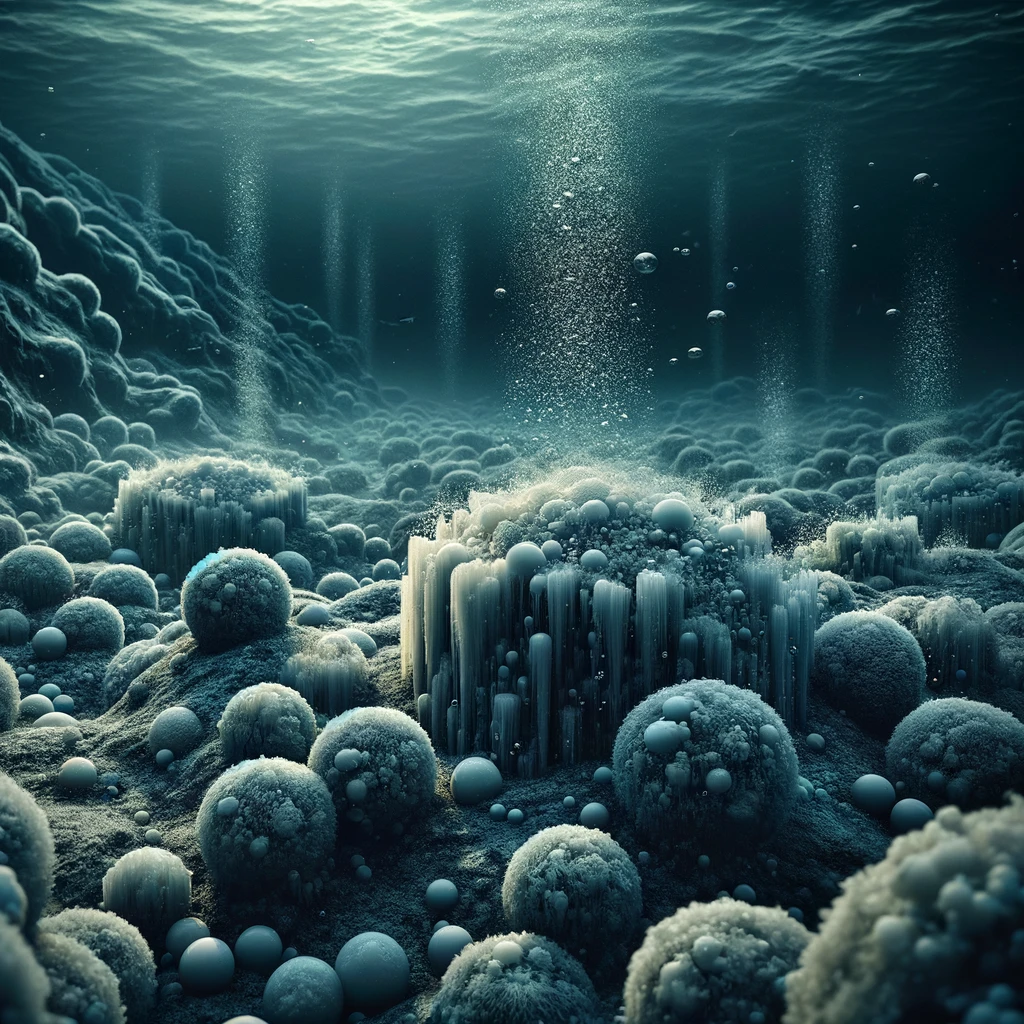 9. Methane Clathrates: The Ocean's Time Bombs
9. Methane Clathrates: The Ocean's Time BombsMethane clathrates, also known as methane hydrates, are compounds found in the ocean floor where methane is trapped within a crystal structure of water ice. There is speculation that these clathrates could release large amounts of methane if disturbed, potentially impacting global climates. The extent of these deposits and their stability remains a significant unknown.
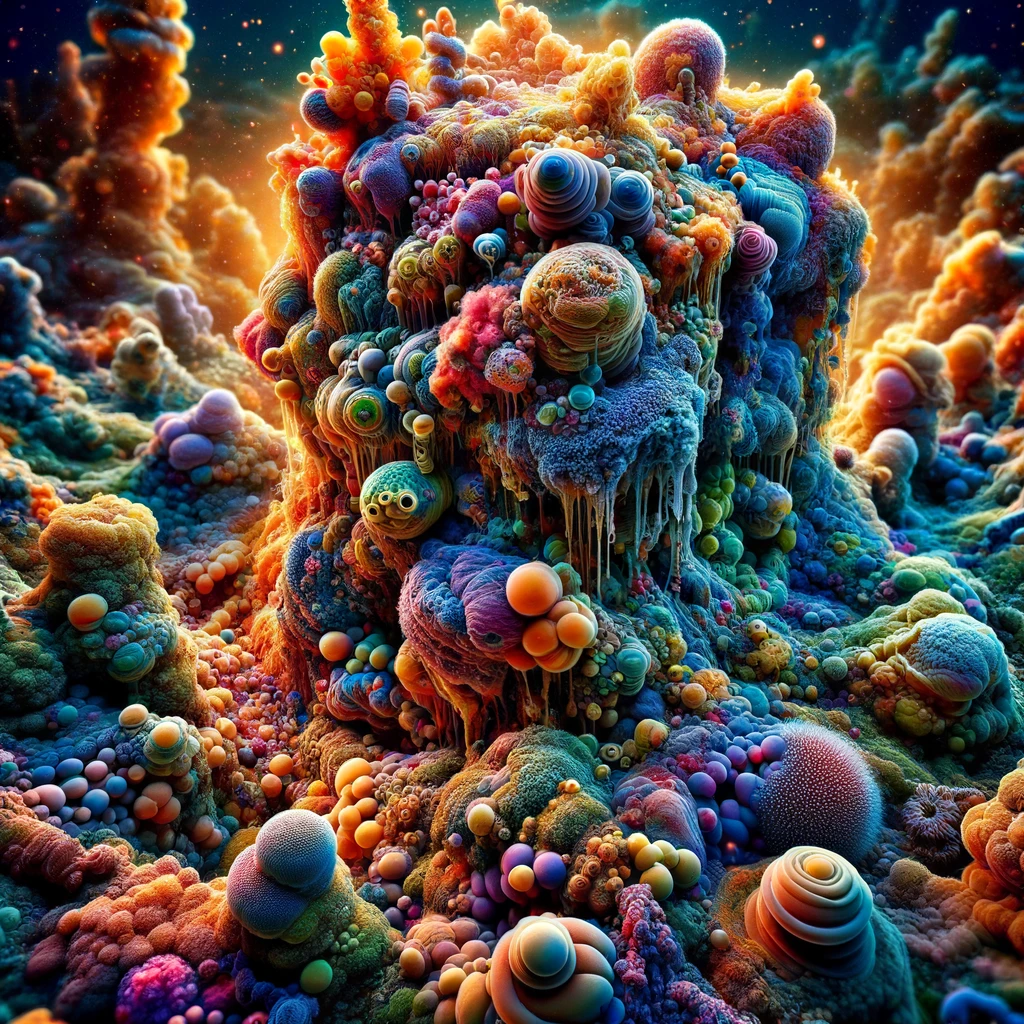 10. The Deep Sea's Microbial Life
10. The Deep Sea's Microbial LifeThe deep sea is home to an astounding variety of microbes that thrive in extreme conditions, such as around hydrothermal vents. These organisms can metabolize sulfur, methane, and even metals, playing crucial roles in the ocean's nutrient cycles. The full diversity of microbial life and its implications for science and medicine are still being discovered.
Advertisements


